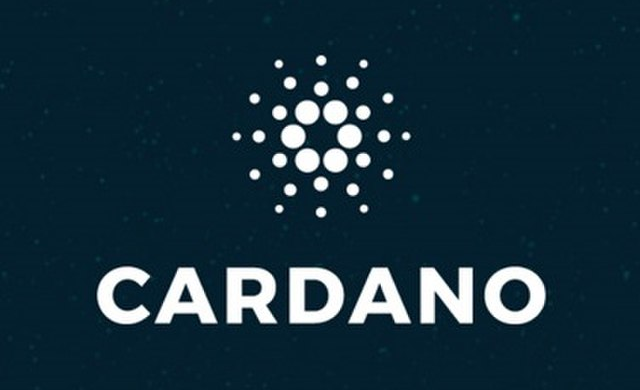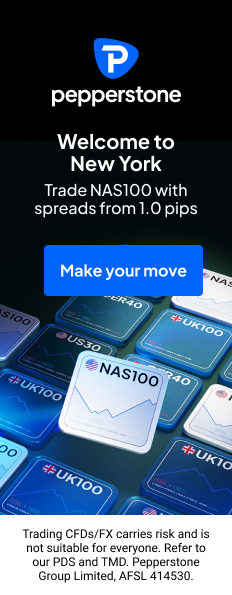Input Output (IO), the research and development arm behind Cardano, has unveiled a new technical roadmap outlining the blockchain’s key development goals for 2025. The updated plan prioritizes scaling, interoperability, and governance enhancements, aiming to strengthen Cardano’s infrastructure and expand its global adoption. With these advancements, IO envisions positioning Cardano as a leading blockchain network capable of supporting a billion users within the next five years.

Scaling Up: Expanding Cardano’s Capabilities
Cardano’s 2025 roadmap is centered on breaking down entry barriers and enhancing network efficiency to support a broader global audience.
At the heart of this strategic plan are several critical technical advancements, including Layer-2 solutions, rollups, and core node improvements designed to optimize the blockchain’s performance.
One of the key innovations is Hydra, an off-chain state channel aimed at enabling ultra-fast, low-cost transactions, significantly improving scalability. Additionally, the roadmap outlines the integration of zero-knowledge rollups, a cutting-edge technique that compresses multiple transactions into a single batch to minimize network congestion.
Further enhancements include the introduction of Leios and Peras, next-generation consensus protocols that facilitate parallel block creation. These innovations have the potential to dramatically increase transaction speeds, making Cardano more efficient.
Another critical development is Mithril, a certificate-based verification system that allows users to validate transactions without running a full node. This feature is expected to improve accessibility and efficiency for network participants.
Beyond technical upgrades, Input Output (IO) is advancing a community-driven governance framework as part of the Voltaire phase, which follows previous developmental milestones like Byron (foundation), Shelley (decentralization), Goguen (smart contracts), and Basho (scaling).
Strengthening Cross-Chain Security and Interoperability
Interoperability remains a key focus for Cardano in 2025, particularly in addressing security vulnerabilities associated with blockchain bridges.
Cross-chain bridges, which facilitate asset transfers between different blockchain networks, have been frequent targets of exploits. To tackle this challenge, IO is developing an Inter-Blockchain Communication (IBC) protocol to enhance security while enabling seamless cross-chain transactions.

Source: ccn.com
Another major advancement under development is Minotaur, a novel consensus mechanism designed to foster trustless interoperability between Cardano and other blockchain ecosystems. This mechanism could potentially migrate transaction validation to local validators, allowing for smoother integration with networks like Ethereum.
Cardano is also working on Hybrid DApps, a groundbreaking innovation that would enable multi-chain transactions without requiring developers to build custom bridges manually. This could simplify decentralized application development while increasing interoperability.
Cardano’s Drive for Market Relevance
Beyond technical advancements, IO aims to enhance Cardano’s overall usability and developer experience by streamlining on-chain transactions and integrating advanced privacy features.
The roadmap envisions broader adoption of Cardano, a crucial objective for a blockchain that once ranked among the top three by market capitalization but has since faced challenges in maintaining its prominence.
Despite Cardano’s strong foundation, recent media attention has often focused on controversial statements from its founder, Charles Hoskinson, rather than technological breakthroughs. By refocusing on scalability, governance, and interoperability, Cardano has the potential to regain its competitive edge in the evolving blockchain landscape.
Learn from market wizards: Books to take your trading to the next level


 Hot Features
Hot Features











